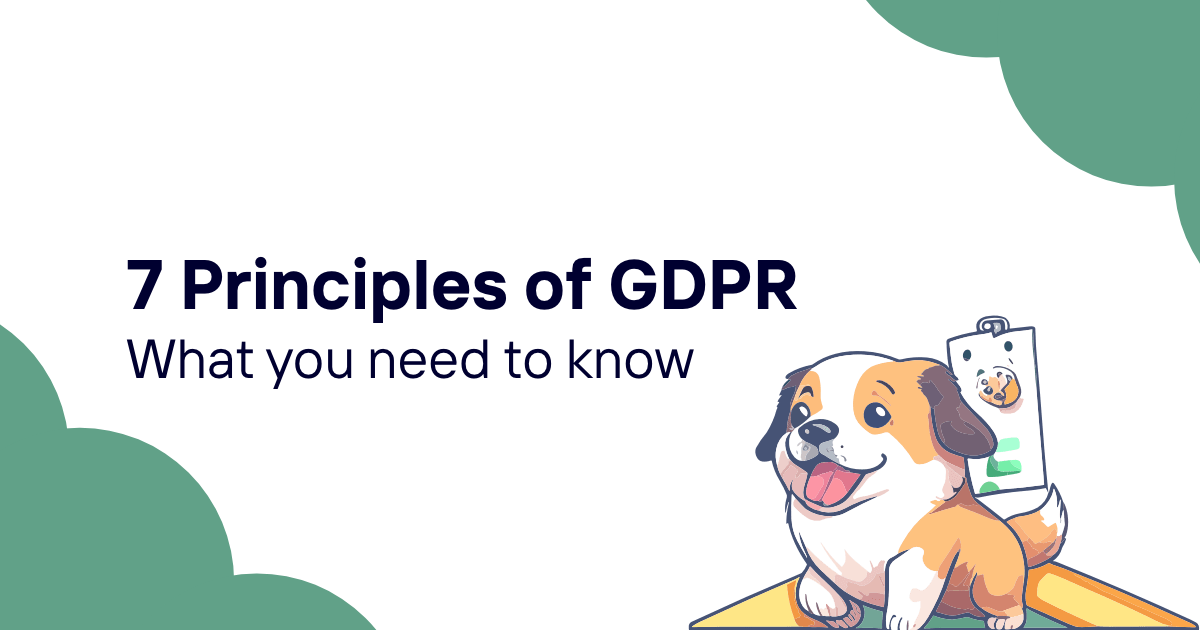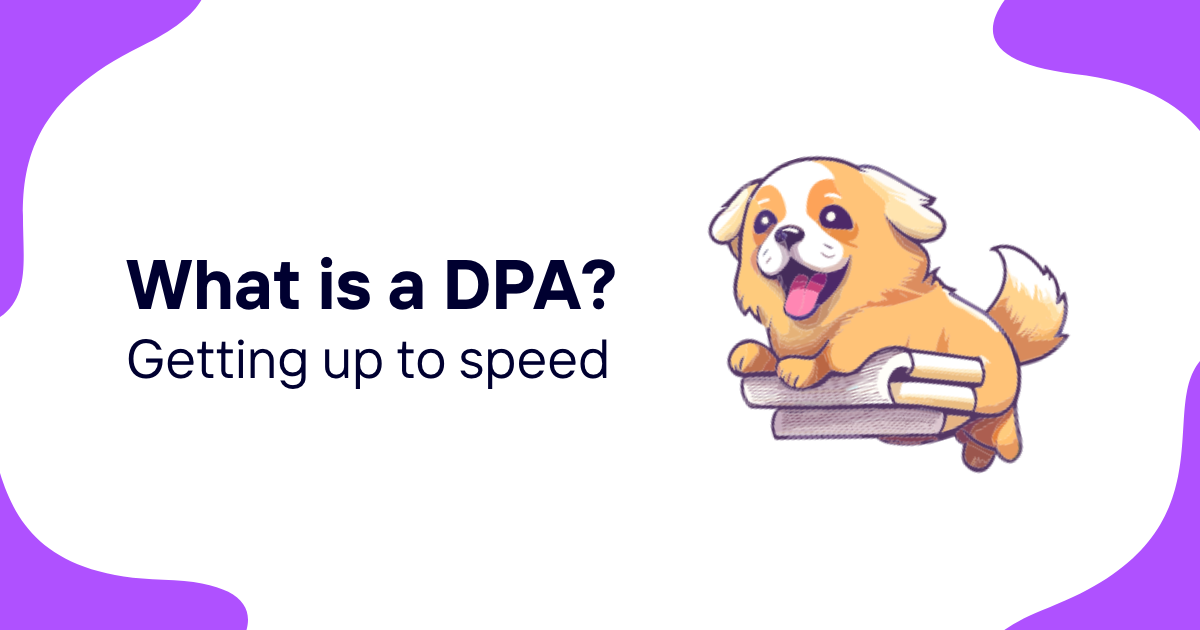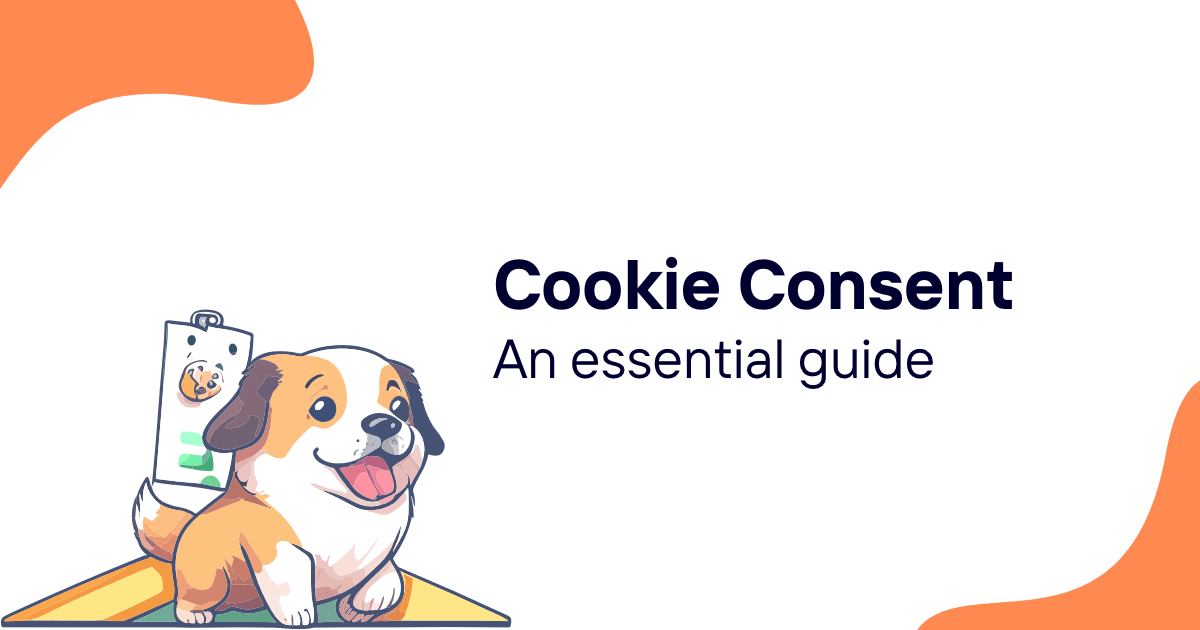Navigating the digital world's privacy landscape can be tricky, especially when it comes to understanding GDPR cookie consent. You've likely encountered those little pop-ups asking for your permission to collect data. But what makes a cookie consent notice GDPR-compliant, and why does it matter to you?
We're diving into the world of GDPR cookie consent examples to shed light on how websites should be asking for your permission. From the wording to the design, getting it right is crucial for both user trust and legal compliance. Whether you're a website owner or a curious user, understanding these examples can help demystify the process and highlight the importance of informed consent in our online interactions.
What is GDPR Cookie Consent?
When you're navigating the labyrinth of online privacy laws, GDPR cookie consent emerges as a cornerstone requirement for websites operating within or targeting audiences in the European Union. But what exactly does it entail? At its core, GDPR cookie consent is your explicit permission as a user, allowing websites to store or retrieve information on your device. This regulation is part of the broader General Data Protection Regulation (GDPR) that came into effect in May 2018.
To put it simply, before a website can start tracking your online activity through cookies, it must first ask for your consent. This isn't just a polite formality; it's a strict legal requirement. The consent must be:
- Informed: You should be given clear and comprehensive information about what consenting entails, including what cookies are for and how they will be used.
- Unambiguous: There should be a clear action you take to give consent, such as clicking an "I agree" button. Pre-ticked boxes or inactivity do not qualify as consent.
- Freely given: Your consent must be a real choice, meaning it should be as easy to withdraw consent as it is to give it.
For website owners, this means redesigning cookie banners and consent notices to align with these criteria. It's no longer sufficient to have vague, hard-to-understand cookie policies hidden away. Transparency is key, letting users make informed decisions about their data.
Remember, GDPR cookie consent isn't just about compliance; it's about respecting your visitors' privacy rights. By adopting clear consent practices, you're not only adhering to the law but also building trust with your audience.
Importance of GDPR Cookie Consent

In the digital age, your privacy online is more crucial than ever. The implementation of GDPR in May 2018 marked a significant shift in how personal data is handled across the web. At the heart of this transformation is the GDPR cookie consent, a mechanism designed to protect your rights and ensure transparency in the processing of your personal information.
First and foremost, GDPR cookie consent is legal compliance. Failing to adhere to these regulations can result in hefty fines and damage to your organization's reputation. Fines can reach up to 4% of annual global turnover or €20 million (whichever is greater), emphasizing the seriousness of compliance.
Beyond compliance, obtaining clear and informed consent for cookie usage fosters trust between you and your users. When you transparently communicate what information is being collected and for what purpose, users are more likely to feel in control of their personal data. This trust is vital for building long-term relationships with your audience.
Moreover, GDPR cookie consent practices encourage better data management. When you're obliged to obtain consent for collecting only the data you need, it naturally leads to more efficient data handling practices. This not only simplifies data management but also minimizes the risk of data breaches, further protecting user privacy.
To ensure compliance, your cookie consent notice must be:
- Clear and easily understandable—avoiding any form of jargon or complex language.
- Explicit—users should actively opt-in rather than having pre-checked boxes.
- Easy to revoke—as important as granting consent, users must be able to withdraw it with equal ease.
Implementing effective GDPR cookie consent is not just about meeting legal requirements; it's about valuing user privacy and fostering a transparent online ecosystem. By embracing these practices, you enhance user experience, ensuring they feel secure and respected on your site.
Elements of GDPR-Compliant Cookie Consent Notices

When crafting a GDPR-compliant cookie consent notice, it's essential to include specific elements that not only adhere to regulations but also clearly communicate with your users. By understanding and implementing these key components, you can ensure your website is transparent, trustworthy, and legally compliant.
Firstly, transparency is paramount. Your cookie consent notice should clearly outline what types of cookies are being used and for what purposes. This includes whether the cookies are necessary for the operation of your website, used for performance to enhance user experience, or for tracking and advertising purposes. Providing this clarity ensures users are fully informed about how their data will be utilized.
Another crucial element is the option for explicit consent. Users must be given a clear choice to either accept or reject non-essential cookies. This decision should be simple for the user to make, with options clearly displayed and easily accessible. Remember, consent must be freely given; thus, pre-ticked boxes or implied consent strategies are not in compliance with GDPR.
Equally important is the ability for users to easily withdraw their consent at any time. Users must have the same ease in withdrawing consent as they do giving it. Including an option or a clear guide on how users can change their cookie preferences at any stage reinforces respect for user autonomy and aligns with GDPR requirements.
Lastly, updated and easy-to-understand language should be used in your cookie consent notice. Avoiding legal jargon and opting for plain language ensures all users, regardless of their understanding of data protection laws, can comprehend what they are consenting to.
Incorporating these elements into your cookie consent notice not only facilitates compliance with GDPR but also builds a foundation of trust with your users by valuing and protecting their privacy.
Best Practices for GDPR Cookie Consent Examples

When you're creating a GDPR cookie consent notice, there are several best practices to follow to ensure it's not only compliant but also user-friendly and effective. Transparency, clarity, and user control are the cornerstones of a well-crafted notice.
First and foremost, be transparent about the cookies your site uses. Users should be able to easily understand what types of cookies are being placed on their devices and for what purposes. Listing cookies categorically – such as 'necessary', 'analytical', 'functional', and 'advertising' gives users a clear overview and helps them make informed choices.
Another key element is providing explicit consent options. It's crucial that users have the power to accept or reject cookies based on their preferences. A simple "Accept All" button does not suffice. Instead, offer a clear choice between accepting all, rejecting all, or customizing cookie preferences. This not only respects user autonomy but also boosts trust and transparency.
Ensure the cookie consent notice is easily accessible for users wishing to change their preferences at any point. Implementing a straightforward mechanism, such as a visible "cookie settings" link on your website, empowers users to modify their consent easily.
Lastly, use clear and simple language in your cookie consent notices. Avoid legal jargon and technical terms that may confuse users. Your goal is to ensure that everyone, regardless of their technical or legal knowledge, can understand the notice.
By adhering to these best practices, you'll craft GDPR cookie consent examples that not only comply with regulations but also foster a trustworthy relationship with your users. Remember, a well-informed user is more likely to feel comfortable navigating and engaging with your site, making transparency and user empowerment key to success.
Real-Life Examples of GDPR-Compliant Cookie Consent Notices

When you're navigating the web, you've likely encountered various approaches to GDPR cookie consent notices. Each website has a unique way to inform and seek consent from its users, but some stand out due to their compliance and user-friendly design. Let's dive into a few real-life examples that showcase best practices in action.
The Clear and Concise Approach
One notable example comes from a leading e-commerce platform. Their cookie consent notice pops up at the bottom of the screen, with a brief explanation of cookies' purpose: enhancing user experience. You're presented with three straightforward options: Accept All, Reject All, and Customize Settings. This clear-cut choice makes it easy for you to control your data and is a stellar example of transparency and simplicity.
Detailed Preferences and Easy Access
A major news outlet offers a deeper dive into cookie preferences. Upon your first visit, a detailed notice explains the different types of cookies used, from strictly necessary to performance and targeting cookies. Each category includes a toggle switch allowing you to opt-in or out easily. What stands out here is the easy access to change your preferences at any time, a key component of user empowerment.
Educational Content and Language
Lastly, a prominent educational website goes the extra mile by not only providing the standard consent notice but also including a link to an informative page on how cookies are used on their site. The language is clear and devoid of jargon, making it accessible to everyone. This approach not only aligns with GDPR's requirement for transparency but also enhances the user experience by educating visitors on the importance of their choices regarding cookies.
These real-life examples highlight the significance of designing GDPR-compliant cookie consent notices that are not just legally compliant but also prioritize user experience. By keeping your consent notices transparent, simple, and informative, you can foster a sense of trust and respect with your users, encouraging a more engaged and satisfied audience.
Conclusion
Navigating GDPR compliance for cookie consent doesn't have to be a daunting task. By looking at these examples from leading platforms, you've seen how simplicity, clarity, and user empowerment are key to crafting notices that not only comply with regulations but also enhance user experience. Remember, the goal is to build trust and respect with your audience. A well-thought-out cookie consent notice can be a significant step in that direction. So take inspiration from these examples and consider how you can apply similar principles to your website. Your users will appreciate the transparency and control, fostering a more positive engagement with your site.












